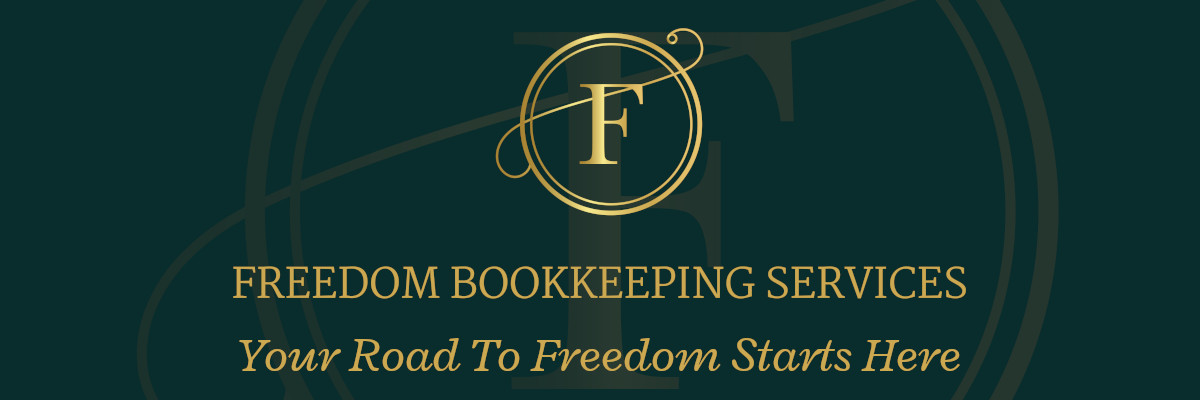
Op-Ed: A Very Expensive Solution in Search of a Problem
By Karen Seibold • October 30, 2024Prop 1 is being sold as a means for more fair and open elections. Although the initiative is listed in our voter guide as the Open Primary Act, it is really a Top 4 Primaries, meaning the top 4 vote getters in a primary race will go on to the general election ballot for state and federal elections. What is extraordinary is that a candidate can list any political affiliation, or not, regardless of whether they are associated with the party they name! Since there is a potential to have many more candidates than political parties – ie what happened in Alaska that had 48 primary candidates for a single seat in 2022, we could have numerous candidates all declare they were “Republican” or vice versa in a primary, that could end up on the ballot. Currently political parties have members that join based on a specific platform, and as members they elect their leaders, vote on their by-laws, establish rules and regulations regarding membership. Taking it one step further, these parties are private entities, by their own choice, therefore have the right to decide/vote on who they want to represent their constituents. The underlying push for “Open Primaries” is to essentially get of political parties all together.
After the primary, the top four vote getters, would go on to the general election to be ranked, 1 through 4, by you the voter. This means that instead of 1 person 1 vote – your vote is now diluted to 1/4. Consider even if you would never vote, for a member the Communist party, if they ranked in the top 4, and your 1st choice candidate didn’t win by 51%, and if you didn’t rank that Communist party candidate your ballot would be exhausted (tossed in the trash). Unless a single candidate attains 51% of the first round of voting, the remaining votes are appropriated based on the ranking votes of the other candidates. The candidate with the fewest votes is eliminated, then the second, and third choices of your ballot are applied to the remaining candidates- This process continues until a candidate receives 51% of the votes. This methodology means the final winner can ultimately end up being the last choice of a majority of the voters! History has proved this to happen not only in Alaska but in other cities and counties that have embraced RCV across the U.S.
To date these outside groups have spent very close to a million dollars in Idaho to change our elections. Just reading though our voter guide there would be 42 changes to our Idaho Code that covers elections. Should this pass then each and everyone of those changes would have to be repealed in another ballot initiative. This is what is facing Alaska this November. In addition, RCV requires voting machines with specialized proprietary software that would have to be purchased making every Idahoans vote by machine. Then the local results would have to be centralized in the state for the repeated ranking of candidates to occur. Needless to say auditing an election using ranked choice voting is remarkably difficult and fraught with potential errors as well as cost to the tax payers. Our Secretary of State, Phil McGrane has estimated that instituting RCV in Idaho could cost the state ( that would be us) anywhere from $20,000,000.00 to $40,000,000.00.
AdvertisementBottomline-Prop 1 is bad for all Idahoans and must be defeated overwhelmingly. In Idaho a ballot initiative only requires 51% to pass, this means we have to get out and vote not sit home on the couch and leave it to others. Your vote NO helps counter those that want to turn Idaho into California and Colorado.
Tags: Alaska, Idaho, Karen Seibold, Primary, Prop 1, Ranked Choice Voting







